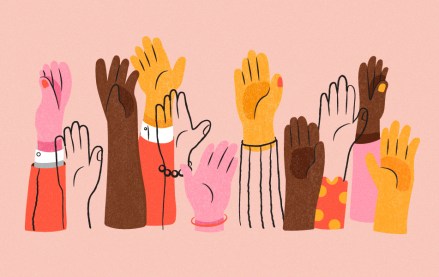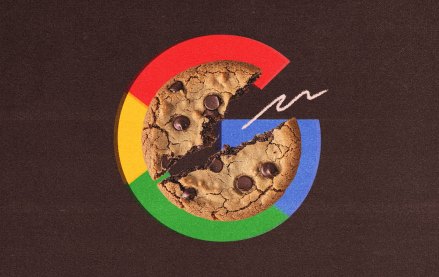
David Chavern is president & CEO of the Newspaper Association of America.
Digital ads can sometimes be very annoying. Slow load times and often chaotic content can drive people to download ad blocking software as an immediate “fix.” But there is, as they say, “no free lunch,” and there are serious costs – for everyone – from the growing use of ad-blockers.
In the news business, journalists spend hours researching, fact-checking and writing incredible stories that keep the general public informed. Many other people, from editors to technical support staff, then work to make that news readily available to you. And most of these people actually like to get paid. Advertisements fund almost all online news – along with a whole host of blogs, community news and activism sites and more.
People who download ad-blocking software may be looking for a faster browsing experience in the short-term, but they are also knowingly or unknowingly participating in the longer-term destruction of our ad-supported system for free and low-cost news and other content. As ad-blockers proliferate, the inevitable result will be either much higher subscription rates or a deterioration in the quality and availability of thoughtful, reliable news as news media and content creators are forced out of business. This, in turn, will put us on a dangerous path toward information inequality. News content will be reserved for those who can pay high subscription fees, and everyone else will be left without access to valuable information — with disastrous implications for our democracy.
Are we really willing to exchange exposure to digital ads for significantly higher prices for everyone, where reliable information is only available to the elite? The highly debated net-neutrality legislation has sparked significant concern over the potential ability of telecommunications companies to create “fast” and “slow” Internet lanes or block content. We should be even more concerned about the potential to block equal access to trusted, accurate information.
We must find a middle ground that both improves the user experience and maintains advertising as a viable way to sustain news organizations. First, digital advertising needs to continue to improve. Too many ads today are disruptive to the viewing experience, slow load times and use too much mobile data. Publishers and digital advertisers have to continue to focus on and improve the experience of their audience. In return, ad-blocking firms and the companies that distribute their software should take great care to avoid blocking ads that aren’t overly burdensome on users. Anything that blocks all types of ads is just blindly punishing journalists, bloggers, publishers and others who rely on ad revenue to survive.
Second, publishers should experiment with more payment and advertising options for users. Also, they can more closely examine the types of ads that are delivered to readers. For example, The Guardian recently announced that it will be exploring customizable ad experiences. The U.K. paper is exploring the delivery of tailored ads that are more relevant and more appealing to the user. Giving the consumer more control over the ads that they are served could be an effective solution to the ad blocking problem.
Part of this may also involve better “native ads” that are more fully integrated into the overall experience of visiting a news site. While this gives some people concern, the fact is that the public has been exposed to “native” TV ads and on-air radio promotions for decades. Take the Super Bowl, for example. Television commercials that air during the game make sense for the platform and are applicable to the audience. As a result, ads have become an integral part of the Super Bowl experience. We can create this same feeling, on a much smaller scale, for digital ads. One example is The New York Times’ “Orange is the New Black” native ad, which used video, audio and movable graphics to shed light on the need for female prison reform.
Finally, we need to educate the public about what ad-blockers really mean – and that they are not a “free option.” There are real costs involved that will be borne not only by the users but also by the entire ecosystem under which the Internet has grown and thrived for our collective benefit.
More in Media

Media Briefing: Efforts to diversify workforces stall for some publishers
A third of the nine publishers that have released workforce demographic reports in the past year haven’t moved the needle on the overall diversity of their companies, according to the annual reports that are tracked by Digiday.

Creators are left wanting more from Spotify’s push to video
The streaming service will have to step up certain features in order to shift people toward video podcasts on its app.

Digiday+ Research: Publishers expected Google to keep cookies, but they’re moving on anyway
Publishers saw this change of heart coming. But it’s not changing their own plans to move away from tracking consumers using third-party cookies.





